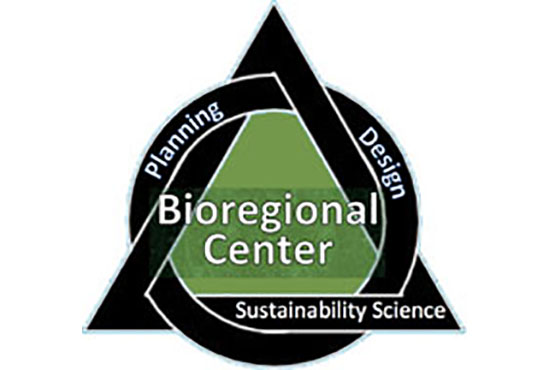Soil Testing

Soil from urban agricultural sites has been tested, using UCSD’s XRF gun, for heavy metals and alloys that pose health risks if consumed by human beings. The Bioregional Centre has been excited to collaborate with the Debweyendan Indigenous Garden (DIG), run by Karena Scmidt, an ecologist with the Keeweenaw Bay Indian Community Natural Resources Department in Massachusetts. Zachary Osborn, a UCSD alum has coordinated the relationship and led this work, conducting testing of soil using the XRF spectrometer. His work is also involved with Ryan Stree (Hancock) Community Garden, Houghton Community Garden, a local private farmer, an elementary school (Copper Island Academy), and a neighborhood (community) grower using their yard - all of whom soil samples have been collected from.
DIG and other tribal community gardens in the upper peninsula region of Michigan are built on and around former stamp sands/mine-tailings from the historical activity that occurred there, and is home to various contaminated Superfund sites (namely lead, mercury, arsenic, and some selenium - which is also present in the sands/mine-tailings). The surrounding states of Michigan and Wisconsin were also popular manufacturing areas for steel and coal-fired power plants, which it is suspected may explain samples containing trace amounts of chromium and titanium in them, even if still well within EPA regulations.
DIGs indigenous garden appears not to be hosting toxicants in its soil. However, Ryan Community Garden in Hancock, serving ~15 residents, and a community member whose house is built on old stamp sands do have trace arsenic and concerning levels of lead. A sample confirming old 1930's-50's lead paint chips indicates (anecdotally) that some of the soil contamination is not from the mining but instead from the legacy of using lead paint in an environment with repeated freeze-thaw cycles. The manure-based compost is the cleanest out of all the samples, reinforcing the importance of building new soil as a means of mitigating soil contamination.

